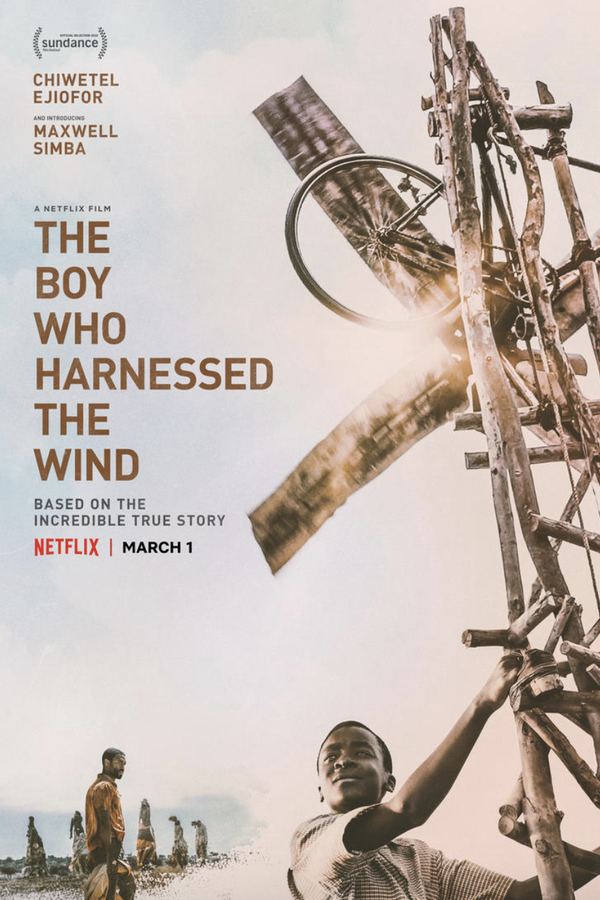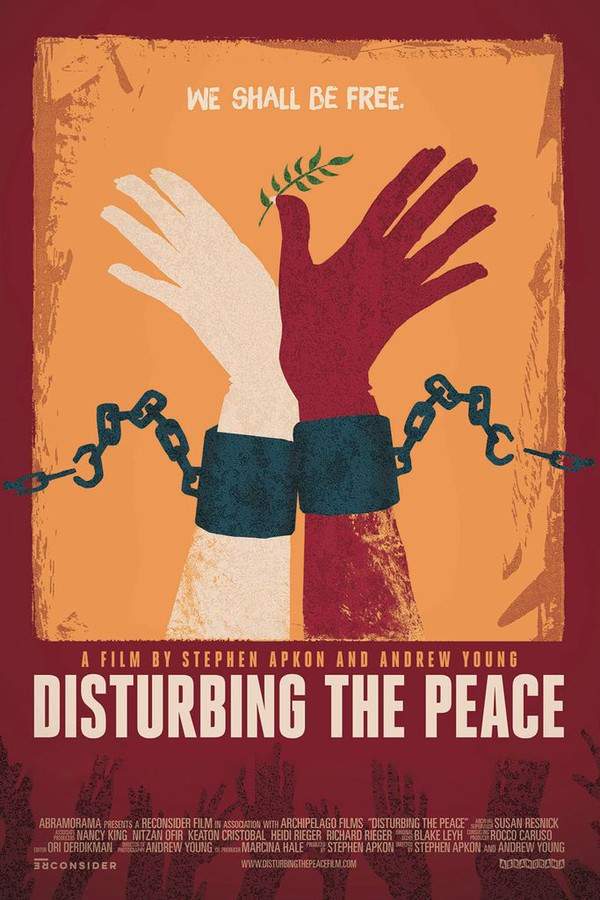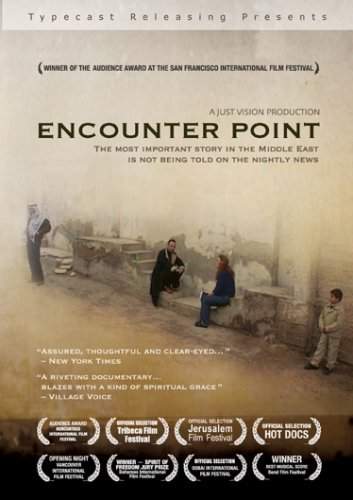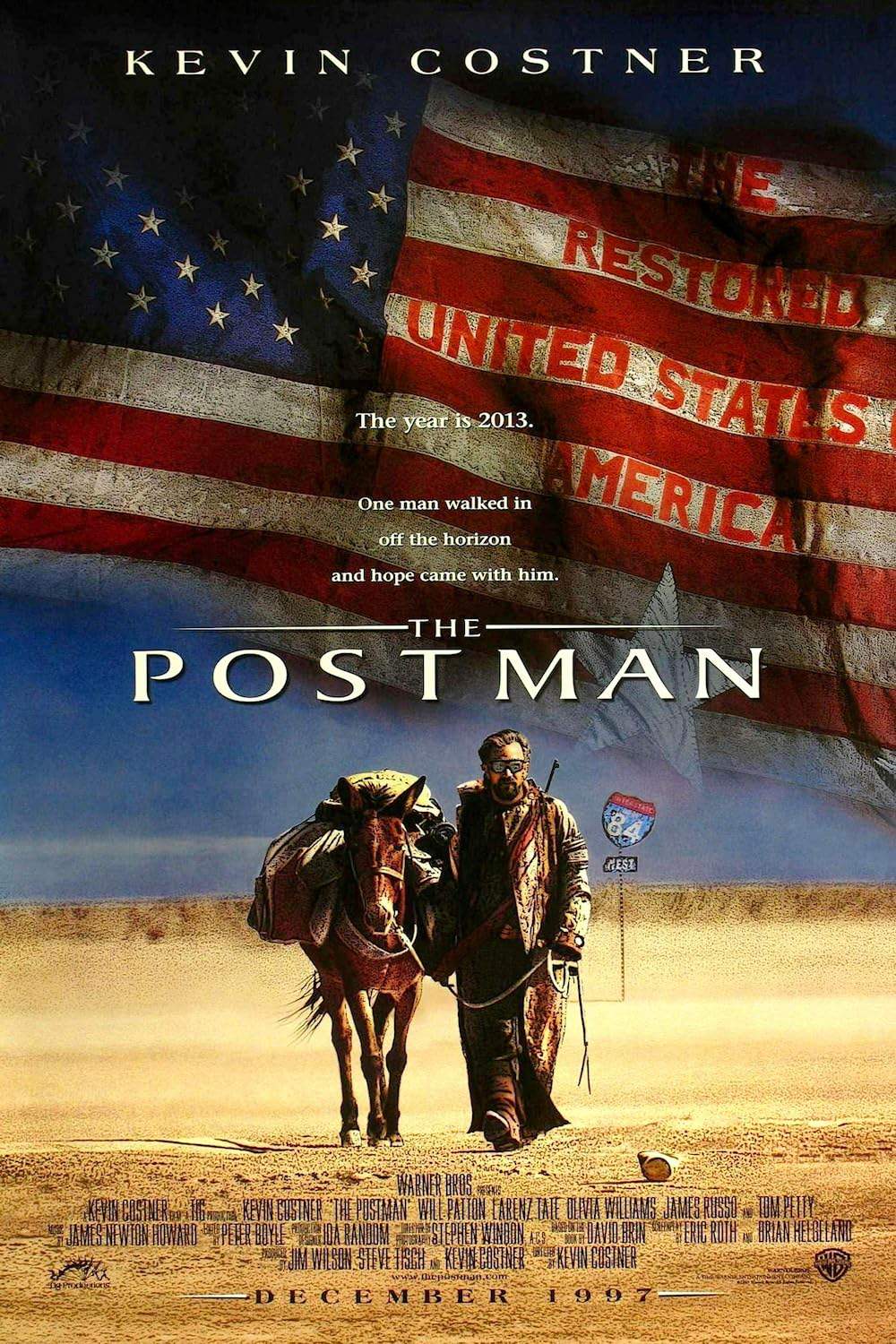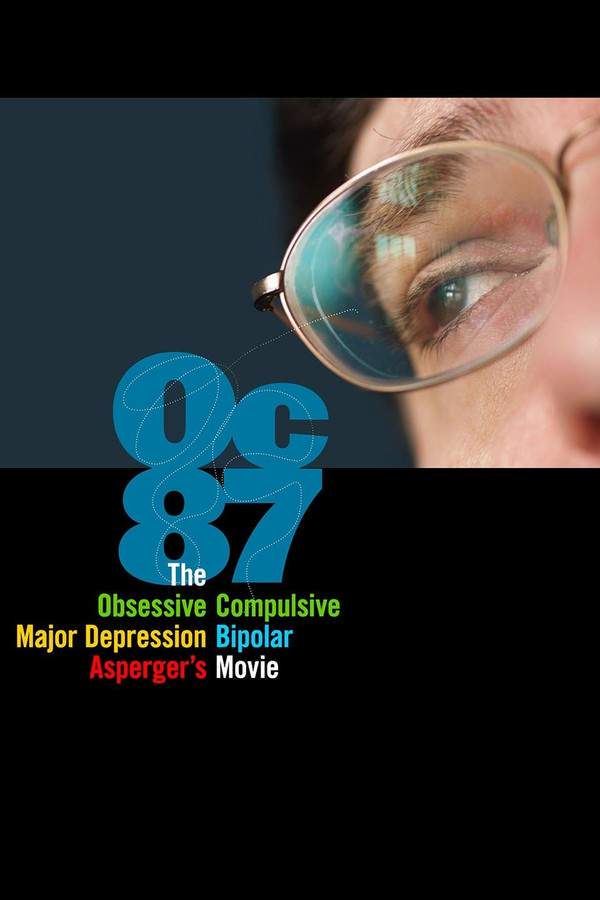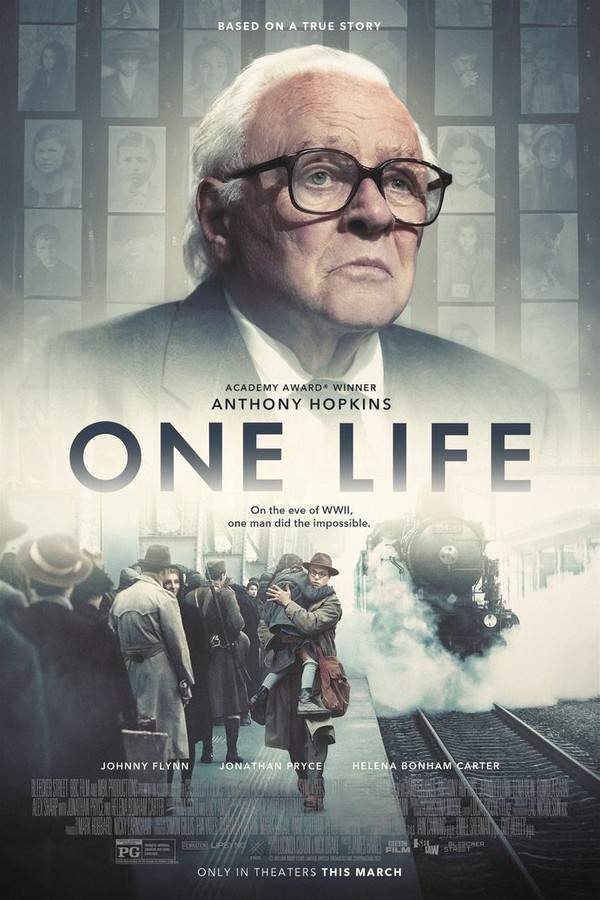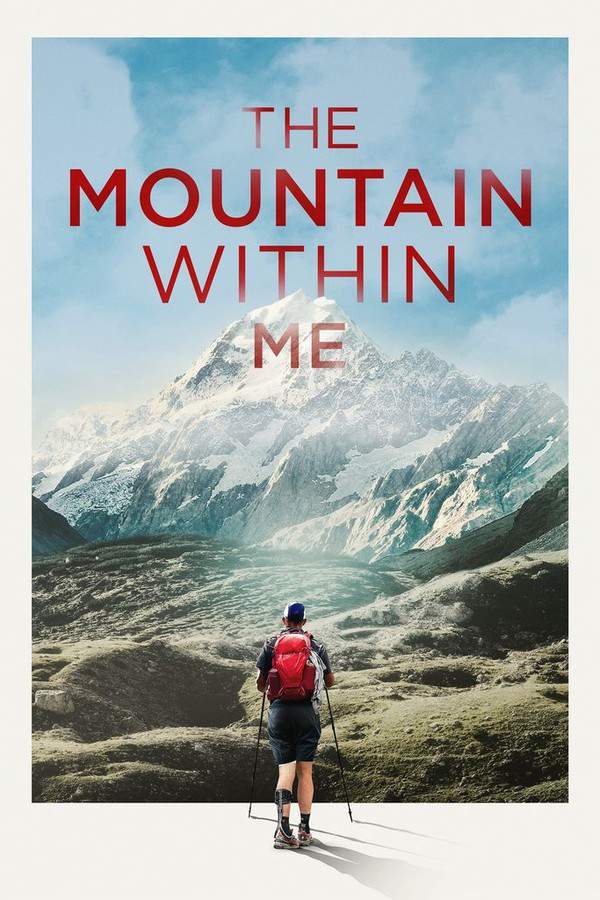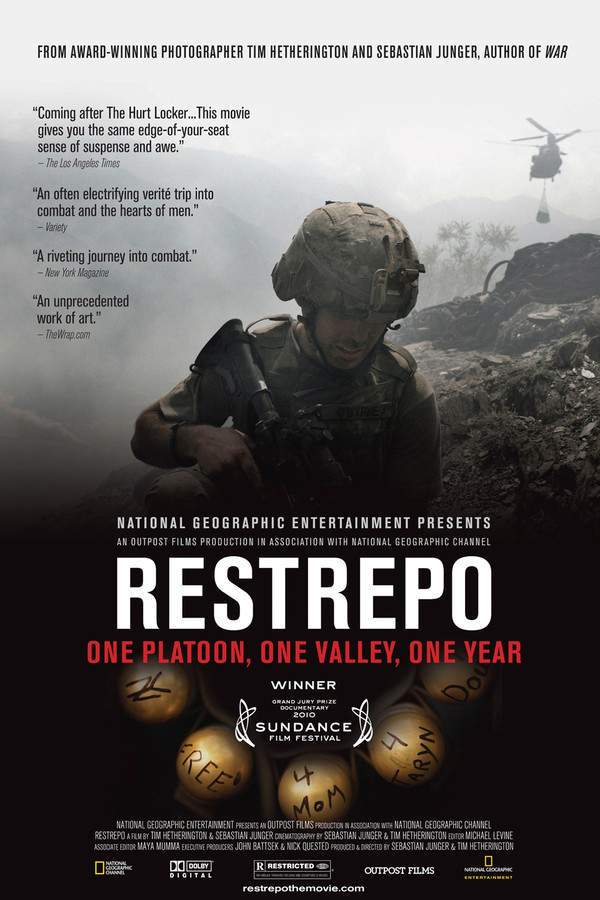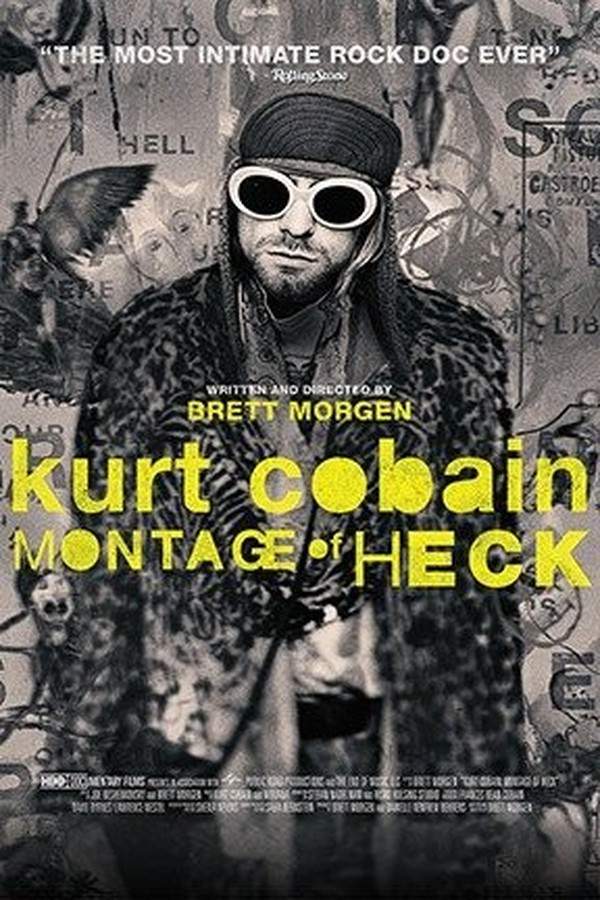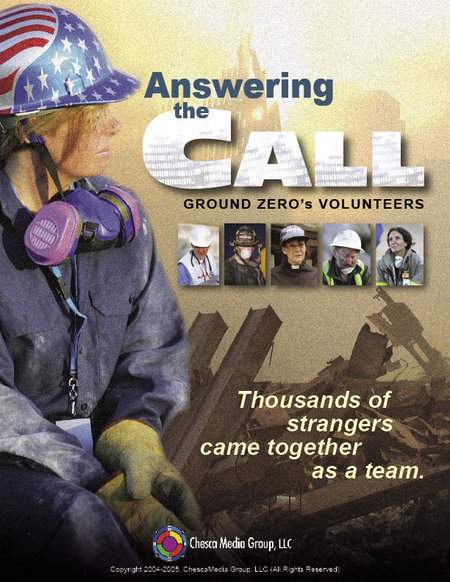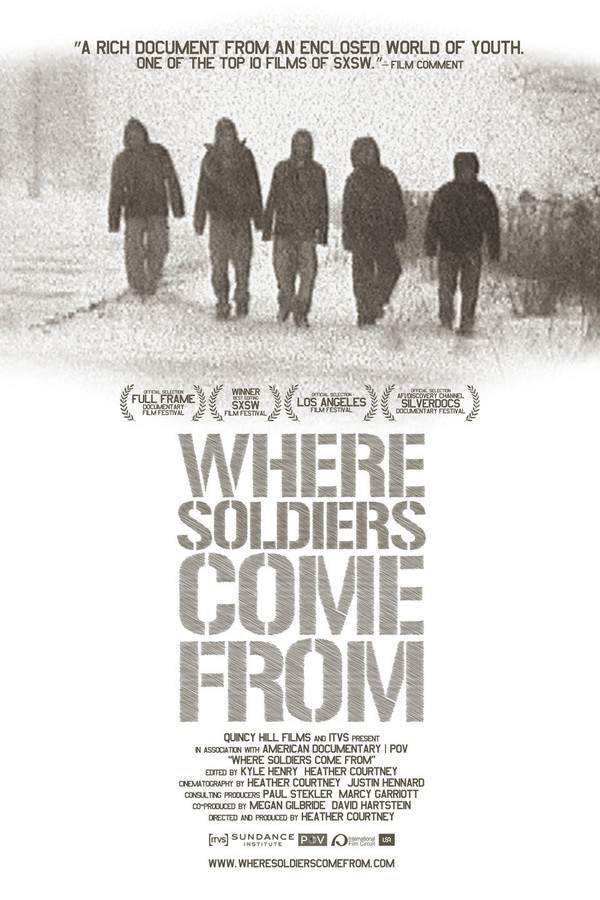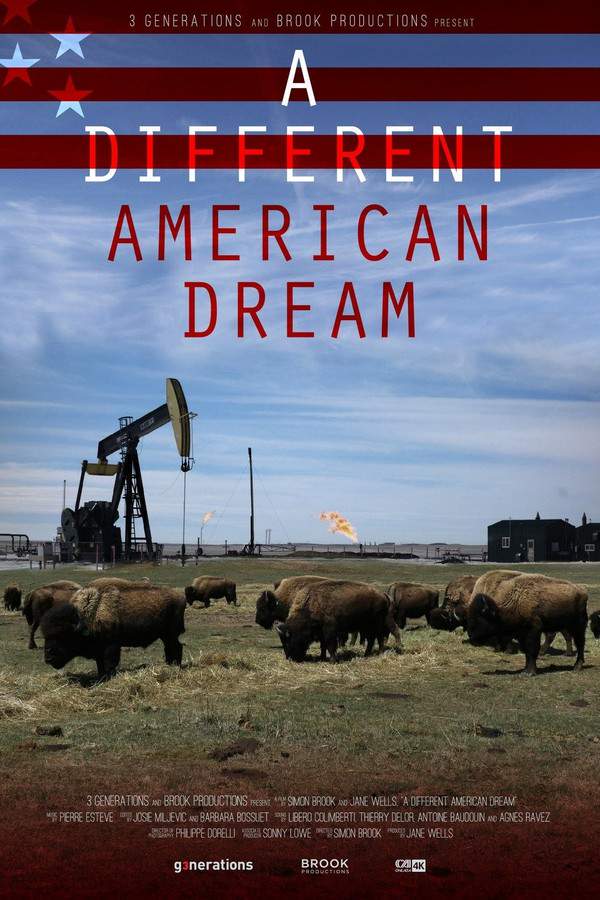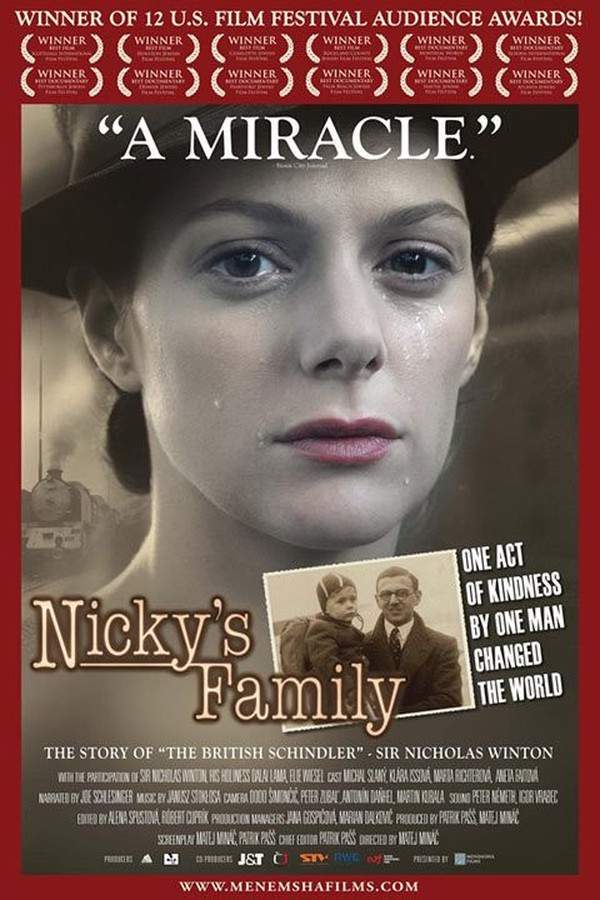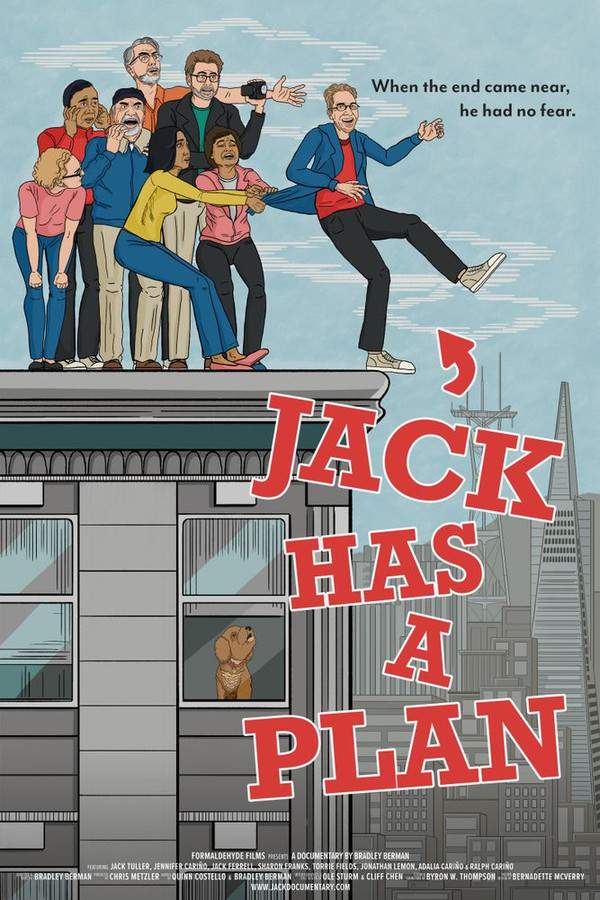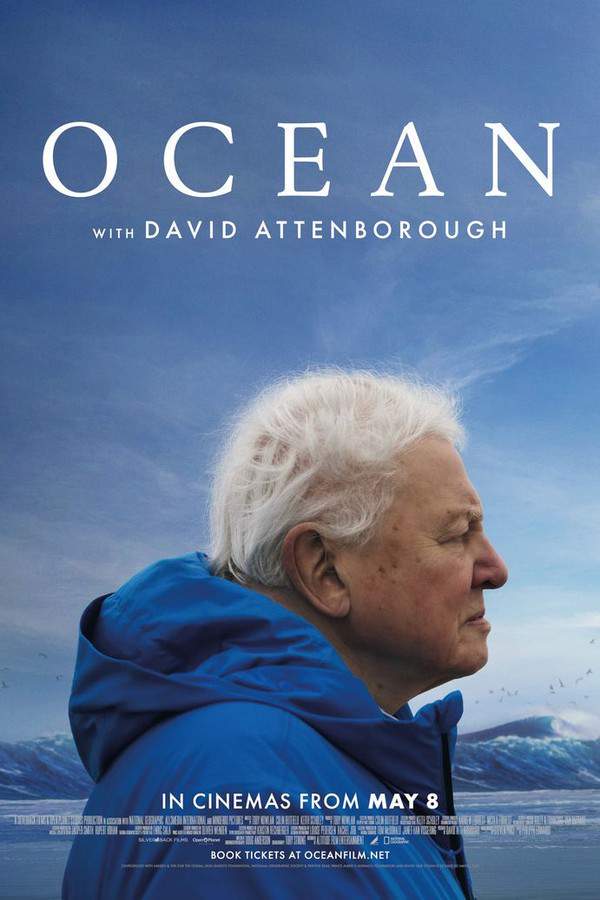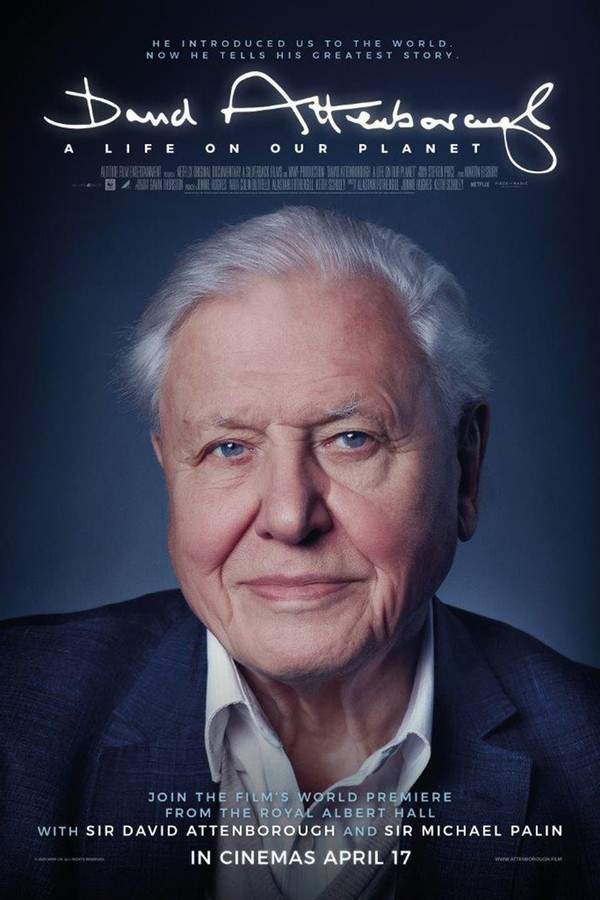
David Attenborough: A Life on Our Planet
Year: 2020
Runtime: 83 min
Language: English
Directors: Alastair Fothergill, Jonathan Hughes, Keith Scholey
Echo Score: 85Reflecting on a lifetime dedicated to exploring the natural world, renowned naturalist Sir David Attenborough delivers a powerful and personal account. He reveals how humanity’s progress has significantly impacted the Earth’s delicate ecosystems, posing a serious threat to the planet's future. Despite the concerning reality, Attenborough remains hopeful, advocating for immediate and decisive action to protect the wonders of nature and build a sustainable world for generations to come.
Warning: spoilers below!
Haven’t seen David Attenborough: A Life on Our Planet yet? This summary contains major spoilers. Bookmark the page, watch the movie, and come back for the full breakdown. If you're ready, scroll on and relive the story!
David Attenborough: A Life on Our Planet (2020) – Full Plot Summary & Ending Explained
Read the complete plot breakdown of David Attenborough: A Life on Our Planet (2020), including all key story events, major twists, and the ending explained in detail. Discover what really happened—and what it all means.
From the once bustling city of Pripyat, now a desolate landscape after the catastrophic Chernobyl disaster in April 1986, David Attenborough reflects on his remarkable life journey. With a rich tapestry of archival footage showcasing his illustrious career and a diverse array of ecosystems, he poignantly narrates pivotal experiences while highlighting the intricate balance of wildlife and biodiversity on our planet. Attenborough emphasizes the critical interdependence between plants and animals, and warns that human actions are threatening this equilibrium. He asserts that if the natural world diminishes, humanity’s own survival is at stake.
In 1937, the world population stood at 2.3 billion, with 280 parts per million of carbon dioxide in the atmosphere and 66% of wilderness remaining. Fondly recalling his childhood fascination with fossils, he explains that Earth’s history is characterized by gradual changes punctuated by mass extinction events, with five significant ones recorded over the planet’s four billion-year timeline. The last such event led to the demise of the dinosaurs and approximately 75% of all species. Life, however, gradually recovered.
Throughout the Holocene epoch, which has lasted for over 10,000 years, the average temperature has remained stable within a one-degree range. This stability can be attributed to forests and phytoplankton acting as carbon sinks, while animals play essential roles in enriching soils across plains. The equatorial jungles serve as energy reservoirs, contributing moisture and oxygen vital for life. In contrast, polar ice caps reflect sunlight, helping to keep the Earth cool. This harmonious cycle has historically enabled reliable seasonal patterns, with monsoons nurturing the land and allowing human society to flourish through agriculture.
By 1954, the global population had increased to 2.7 billion, with rising carbon levels at 310 ppm and 64% of wilderness remaining. Attenborough’s documentary career took off in the 1950s at the BBC, where he traveled to places like the African Serengeti, home to vast herds of native animals that require expansive territories to sustain their grazing habits. The disruption of these grasslands threatens the integrity of the entire ecosystem.
In 1968, the Apollo mission offered a stunning perspective of Earth as a solitary and vulnerable sphere that requires protection. Progressing to 1978, the world faced a population of 4.3 billion, with carbon levels rising to 335 ppm and wilderness reduced to 55%. Over the years, Attenborough noted marked declines in wildlife, whether searching for fish or orangutans in Borneo. The declining numbers resulted in stark revelations; only 300 gorillas were spotted in the remote jungles of Central Africa, and the once thriving whale populations fell victim to human hunting. Once seen as a sport, killing whales transformed into a global outcry against the practice.
As human populations surged unchecked, without natural predators and with diseases managed, food production blossomed. However, this boon came at a steep cost; entire habitats were erased. Borneo’s rainforests, once thriving, are now half destroyed, converted to oil palm monocultures, extinguishing the region’s vital biodiversity. Attenborough starkly reveals that three trillion trees have been felled globally, with half of the world’s rainforests already lost, resulting in a dramatic two-thirds reduction in orangutan populations in Borneo.
Fast-forward to 1997, and the world population grew to 5.9 billion, with carbon levels at 360 ppm and only 46% of wilderness left. Oceans, which once seemed untouchable, have now been ravaged as fishing fleets target nutrient hot spots, decimating 90% of large fish populations since the 1950s. The removal of these fish has disrupted nutrient circulation, leading to the slow death of the oceans and the bleaching of coral reefs. As the Earth warms due to rising atmospheric carbon, the balance of life within marine ecosystems is irrevocably altered.
As the 90s progressed, the planet’s average temperature increased by one degree since the 1930s. Areas like the Arctic and Antarctic showed unprecedented changes, with summer sea ice in the Arctic reducing by 40% over 40 years. Attenborough identifies anthropogenic climate change and biodiversity loss as primary forces pushing Earth toward a sixth mass extinction, a far quicker process than the extensive timespans of previous events.
By 2020, the global population reached 7.8 billion, with atmospheric carbon at 415 ppm and only 35% of wilderness remaining. Attenborough poignantly describes his film as a “witness statement,” illustrating the consequences of current trajectories on our planet through the lens of his own lifetime. He warns that the Amazon rainforest could morph into savanna, losing moisture production and altering the global water cycle; summer ice in the Arctic may vanish, accelerating climate change; coral reefs could perish while soil depletion leads to food scarcity. These irreversible changes would catalyze mass extinctions as Earth warms by four degrees by the century’s end.
Yet, Attenborough remains hopeful, outlining potential remedies to avert these dire outcomes. He insists the solution is “staring us in the face all along.” To reestablish harmony on our planet, we need to rejuvenate its biodiversity—what has been systematically erased. He advocates for rewilding and suggests that alleviating poverty, ensuring universal healthcare, and enhancing girls’ education could stabilize the burgeoning human population. Furthermore, he promotes renewable energy sources—solar, wind, water, and geothermal—capable of sustainably meeting human energy demands. Protecting a third of coastal regions from fishing could allow fish stocks to replenish, ensuring adequate supplies for human consumption. Lastly, Attenborough encourages dietary shifts toward plant-based foods to optimize land use. He cites successful government initiatives, like those in Costa Rica reversing deforestation, fishing regulations in Palau, and land management improvements in the Netherlands as exemplary case studies for restoration efforts.
Last Updated: November 15, 2024 at 17:03
Explore Movie Threads
Discover curated groups of movies connected by mood, themes, and story style. Browse collections built around emotion, atmosphere, and narrative focus to easily find films that match what you feel like watching right now.
Movies with hopeful environmental warnings like David Attenborough: A Life on Our Planet
Sobering documentaries that diagnose major crises while championing actionable pathways forward.If you liked David Attenborough: A Life on Our Planet, explore similar documentaries that explore environmental crisis and sustainability. These films balance urgent warnings about ecological threats with thoughtful, hopeful solutions and inspiring calls to action.
Narrative Summary
These narratives typically follow a 'problem-solution' structure. They first establish a baseline of wonder or normalcy, then methodically document a significant downturn or threat, creating tension and concern. The third act pivots to advocacy, outlining concrete steps or innovations that offer a credible path toward resolution or improvement, culminating in a sense of cautious optimism.
Why These Movies?
Movies in this thread are united by their shared tonal journey from concern to hope. They share a commitment to factual rigor while maintaining a fundamentally humanistic and optimistic perspective, believing that awareness and action can lead to positive change despite daunting odds.
Reflective eyewitness documentaries like David Attenborough: A Life on Our Planet
First-person accounts where an experienced observer reflects on a lifetime of profound change.Find movies similar to David Attenborough: A Life on Our Planet that feature a personal, reflective narrator. These documentaries use a lifetime of experience as a witness to tell a story of major change, blending biography with powerful historical or ecological narratives.
Narrative Summary
The narrative is structured around the narrator's personal timeline, using their career or life as a chronological framework. Archival footage and personal anecdotes illustrate the 'before' state, which contrasts sharply with the present reality. The core conflict is the passage of time and the changes witnessed, making the narrator both a guide and a living testament to the story being told.
Why These Movies?
These films are grouped by their unique narrative voice and perspective. The combination of deep personal authority, a reflective and often melancholic mood, and the use of a lifetime as a measuring stick for change creates a uniquely intimate and powerful viewing experience.
Unlock the Full Story of David Attenborough: A Life on Our Planet
Don't stop at just watching — explore David Attenborough: A Life on Our Planet in full detail. From the complete plot summary and scene-by-scene timeline to character breakdowns, thematic analysis, and a deep dive into the ending — every page helps you truly understand what David Attenborough: A Life on Our Planet is all about. Plus, discover what's next after the movie.
David Attenborough: A Life on Our Planet Timeline
Track the full timeline of David Attenborough: A Life on Our Planet with every major event arranged chronologically. Perfect for decoding non-linear storytelling, flashbacks, or parallel narratives with a clear scene-by-scene breakdown.

Characters, Settings & Themes in David Attenborough: A Life on Our Planet
Discover the characters, locations, and core themes that shape David Attenborough: A Life on Our Planet. Get insights into symbolic elements, setting significance, and deeper narrative meaning — ideal for thematic analysis and movie breakdowns.

David Attenborough: A Life on Our Planet Spoiler-Free Summary
Get a quick, spoiler-free overview of David Attenborough: A Life on Our Planet that covers the main plot points and key details without revealing any major twists or spoilers. Perfect for those who want to know what to expect before diving in.

More About David Attenborough: A Life on Our Planet
Visit What's After the Movie to explore more about David Attenborough: A Life on Our Planet: box office results, cast and crew info, production details, post-credit scenes, and external links — all in one place for movie fans and researchers.

Similar Movies to David Attenborough: A Life on Our Planet
Discover movies like David Attenborough: A Life on Our Planet that share similar genres, themes, and storytelling elements. Whether you’re drawn to the atmosphere, character arcs, or plot structure, these curated recommendations will help you explore more films you’ll love.
Explore More About Movie David Attenborough: A Life on Our Planet
David Attenborough: A Life on Our Planet (2020) Scene-by-Scene Movie Timeline
David Attenborough: A Life on Our Planet (2020) Movie Characters, Themes & Settings
David Attenborough: A Life on Our Planet (2020) Spoiler-Free Summary & Key Flow
Movies Like David Attenborough: A Life on Our Planet – Similar Titles You’ll Enjoy
Ocean with David Attenborough (2025) Complete Plot Breakdown
State of the Planet (1000) Movie Recap & Themes
Planet Earth II (1000) Detailed Story Recap
The Blue Planet (1000) Spoiler-Packed Plot Recap
Planet Earth (1000) Story Summary & Characters
Life on Air: David Attenborough’s 50 Years in Television (2002) Full Summary & Key Details
The Living Planet (1000) Story Summary & Characters
David Attenborough’s Global Adventure (2021) Story Summary & Characters
Attenborough’s Life in Colour (1000) Complete Plot Breakdown
Attenborough’s Wonder of Song (2022) Film Overview & Timeline
Breaking Boundaries: The Science of Our Planet (2021) Full Summary & Key Details
Planet Earth III (1000) Movie Recap & Themes
The Private Life of Plants (1000) Full Movie Breakdown
The Life of Birds (1000) Plot Summary & Ending Explained
Life on Our Planet (1000) Story Summary & Characters

